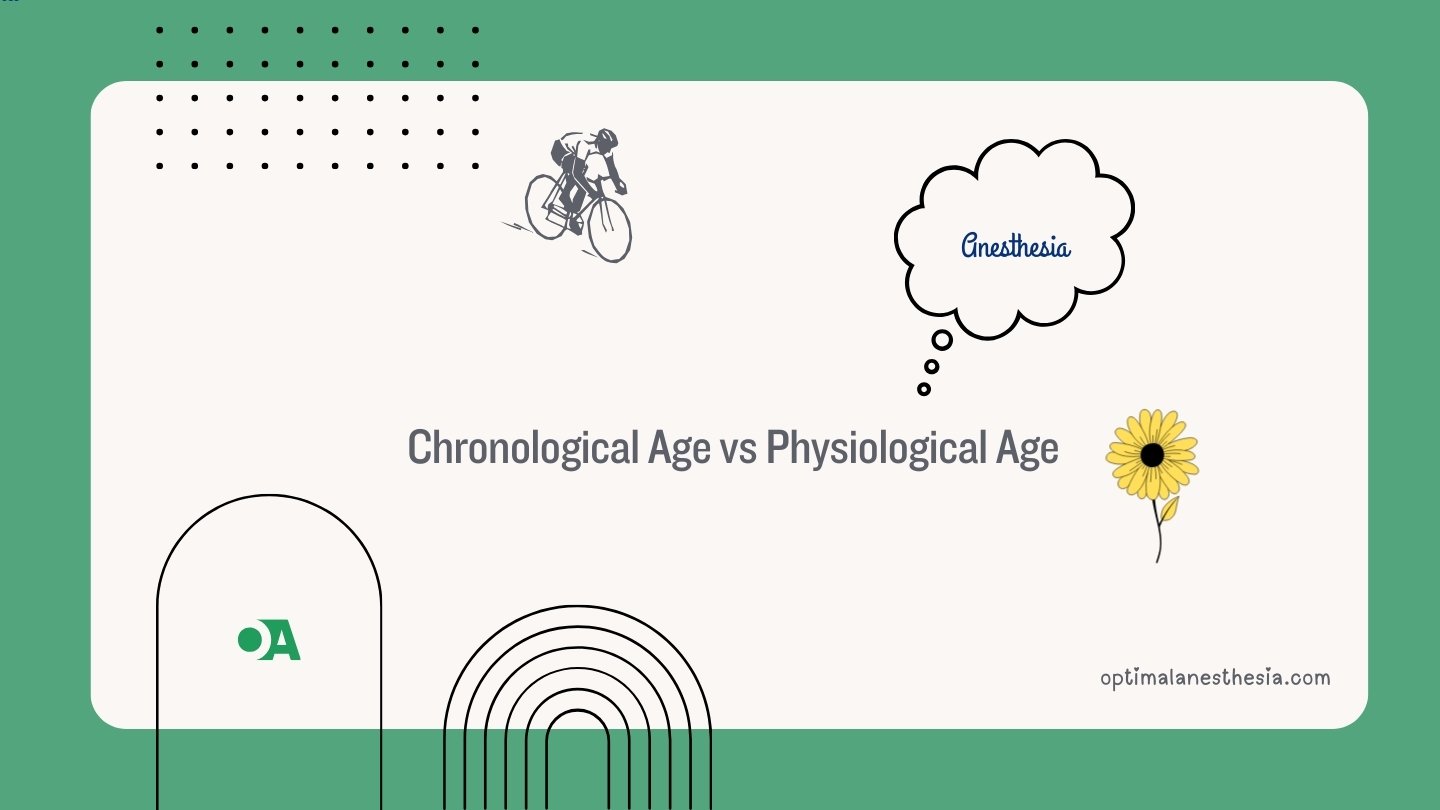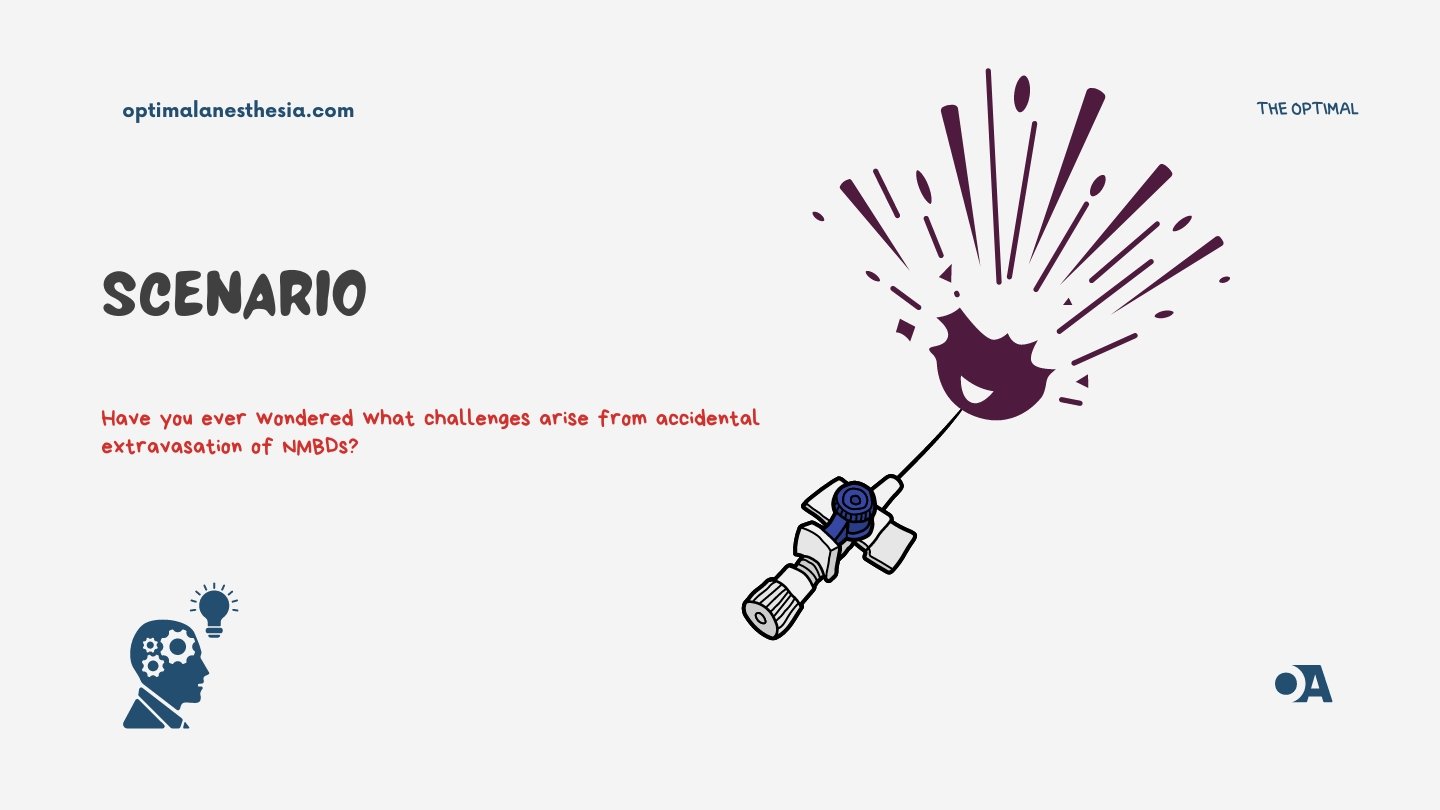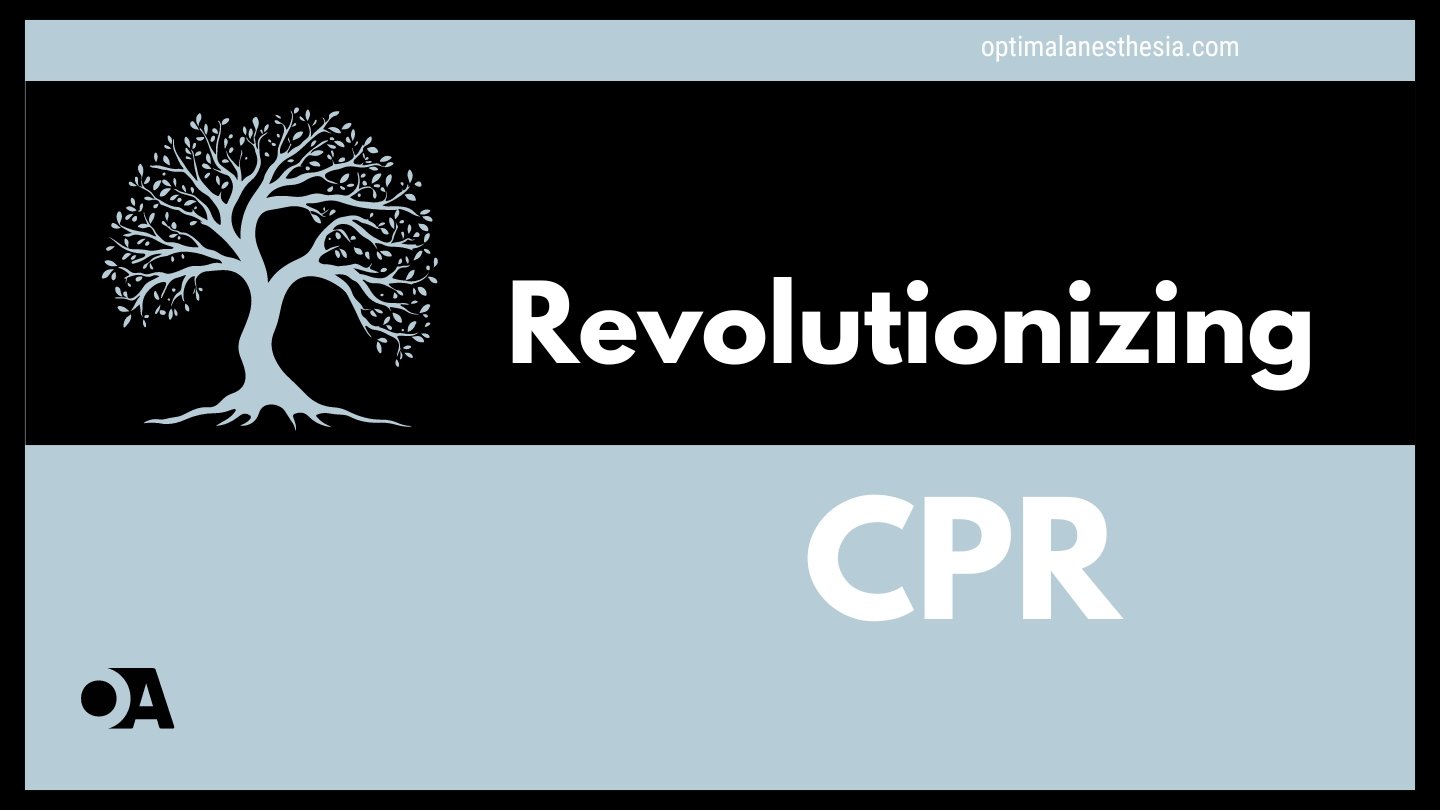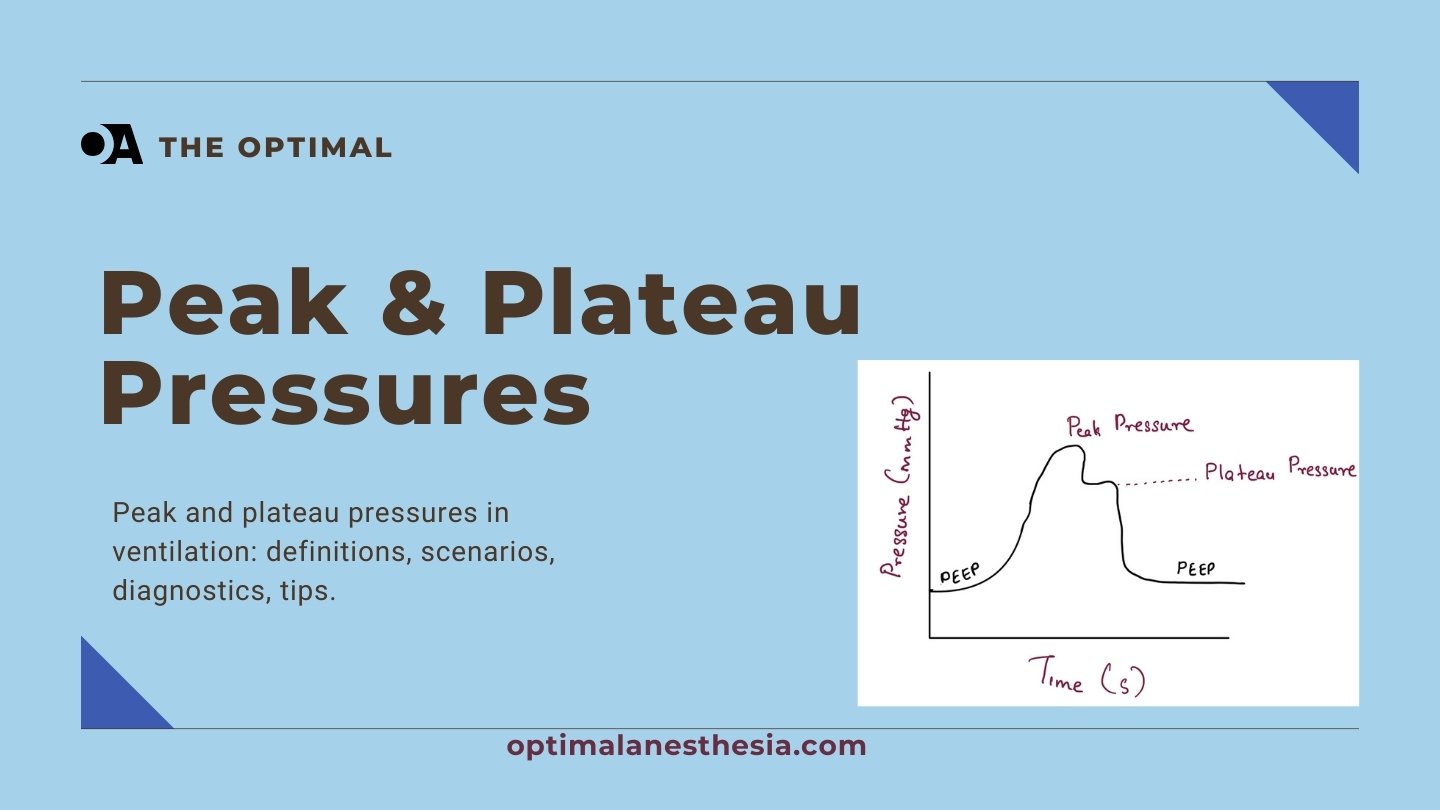Chronological Age vs. Physiological Age : An Anesthesiologist’s Perspective
Introduction Introduction In anesthesiology, differentiating between chronological and physiological age is essential for optimizing patient care. While chronological age only indicates the number of years lived, physiological age offers a deeper insight into a patient’s biological health and response to anesthesia. Understanding physiological age can enhance surgical planning, risk assessment, and postoperative management, leading to … Read more




